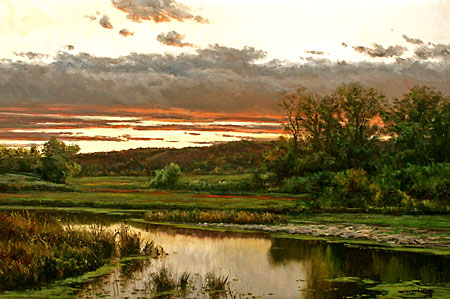
A final color blog, just incase.
Pointillism came about in the 1880’s as part of the Post-Impressionism movement. This technique consisted of carefully plotting out and creating images composed of dots of only primary colors. A wide spectrum of colors is then created through the use of optical illusions. Impressionists really cracked down to the core of color, realizing that simple placing to primaries together in close range will cause the viewer to see a secondary from a distance. The artist to really make this famous was Georges-Pierre Seurat. His famous work, Sunday Afternoon on the Island of La Grande Jatte, is the perfect example of pointillism. One could look for hours at the all the color work/theory and planning he applied in his work.
Image from:http://en.wikipedia.org/wiki/Image:Georges_Seurat_-_Un_dimanche_apr%C3%A8s-midi_%C3%A0_l%27%C3%8Ele_de_la_Grande_Jatte_v2.jpeg
